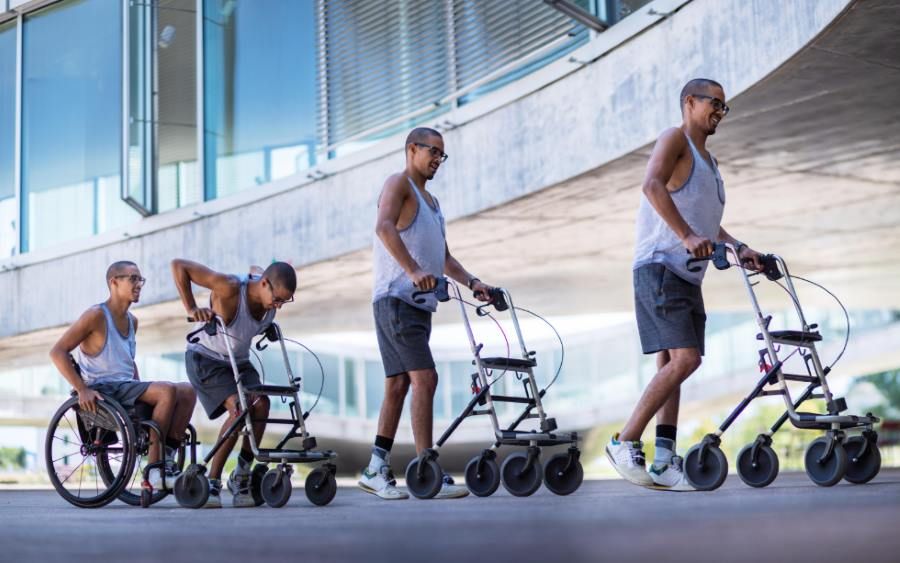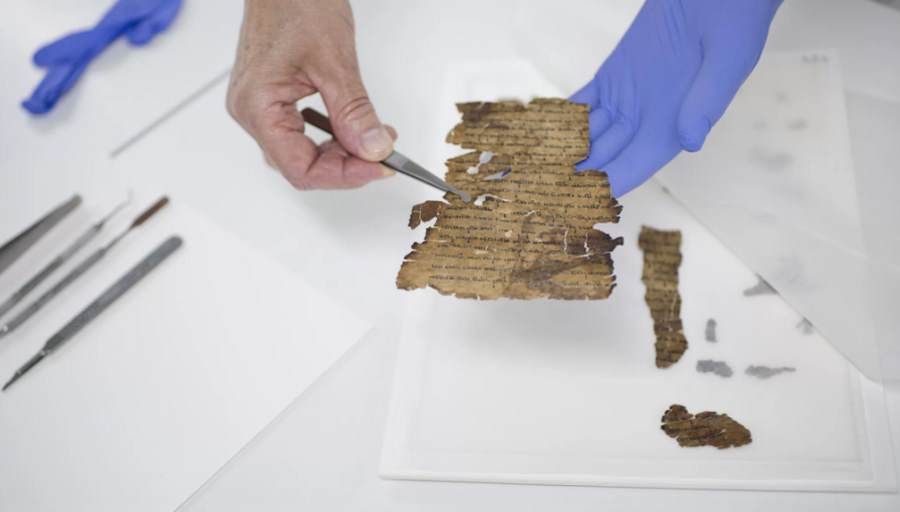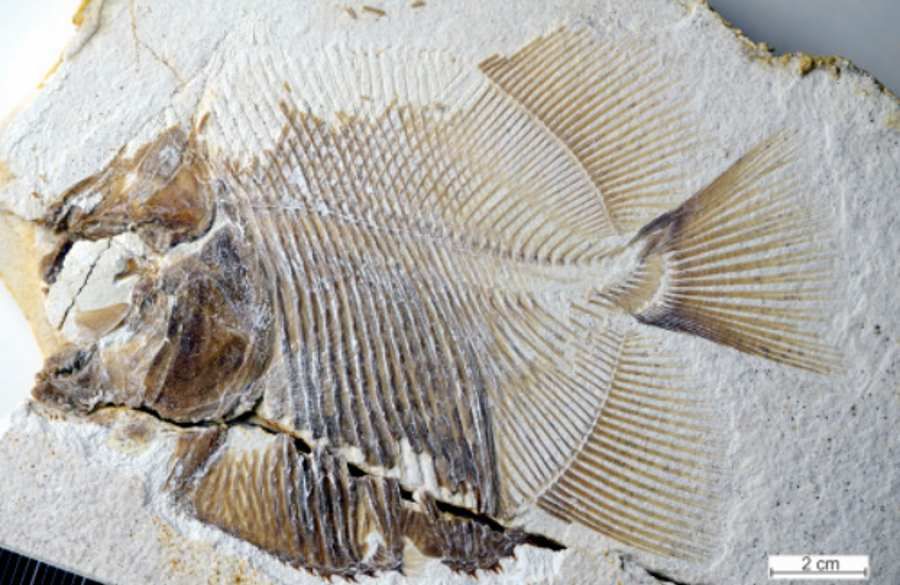Implant puts three paralyzed men back on their feet
Three paralyzed men taking part in experimental treatment get back on their feet. Swiss doctors have used precise electrical stimulation to stimulate spinal cord nerves through a wireless implant.
In the new study, which The results of which were published in „Nature”, Swiss researchers showed that after several months of training and the use of a novel STIMO (STImulation Movement Overground) therapy, their patients were able to control previously paralyzed muscles n g. Importantly, the effect persisted after the implant was switched off.
The patients were three men whose ho suffered a cervical spine injury many years ago. Thanks to the new therapy, men can use crutches or a walker. The treatment used by researchers from the Federal Polytechnic Institute and the University Hospital of Lausanne establishes a new therapeutic framework to improve recovery from spinal cord injury.
All patients in the study regained muscle control n g, which re have been paralyzed for many years. Key in the Swiss approach is the implant. The researchers showed that neurological function was maintained beyond the training sessions even when the electrical stimulation was turned off.
– Our findings are based on a deep understanding of the underlying mechanisms in which that we have been investigating for years in animal models. In this way b we could mimic in real time how b m zg naturally activates the spinal cord – said Grégoire Courtine from the Federal Polytechnic University of Lausanne. – Accurate timing and precise location of electrical stimulation are crucial for the patient to perform the intended movement. This results in the growth of new nerve connections – added.
– I knew straight away that we were on the right track. All of our patients were able to walk with assistance within one week. Stimulation must be as precise as a Swiss watch. In our method, we implant an array of electrodes over the spinal cord, allowing us to target specific lne muscle groups n g. Selected electrode configurations activate specific regions of the spinal cord by mimicking signals provided by the m zg – admitted neurosurgeon Jocelyne Bloch of Lausanne University Hospital, who that would give patients implants.
Scientists have explored the mechanisms that cause paralysis. They accurately mapped the spinal cord to learn which The patient's ability to perform specific movements, such as knee flexion, has improved significantly. In doing so, they achieved astonishing results.
The challenge for patients The goal of the study was to learn how to b coordinate walking intentions flowing from their m zg ith electrical stimulation. But it didn't last long. After just one week of calibration, all three patients were able to walk with assistance – a walker or a crutch. Their muscle control n g has improved significantly. – The nervous system responded even more profoundly to treatment than we expected – explained Courtine.
New rehabilitation protocols based on this method will change the lives of many people b after spinal cord injury. Enable them to live a relatively normal life. During rehabilitation sessions, three participants were able to walk a distance of more than a kilometer without supporting themselves with their hands. These longer high-intensity training sessions proved crucial in reorganizing the network of connections between neurons, leading to improved motor function, even when electrical stimulation was turned off.
Similar studies combining intensive training with epidural electrical stimulation are also being conducted by other centers. In September of this year, researchers at the University of Louisville published the results of their work (for more, see Paralyzed after spinal cord injury take first steps). They too have put paralyzed people back on their feet, but in their studies the results worsened significantly when the implant was turned off.
– We're building the next generation of neurotechnology that hich will be tested very early after injury, when the potential for recovery is high and the neuromuscular system has not yet experienced the atrophy that follows chronic paralysis. Our goal is to develop a widely available treatment – admitted Courtine.



